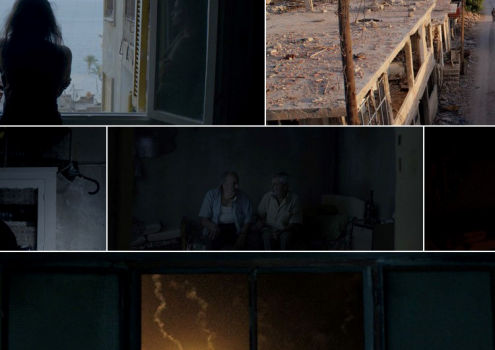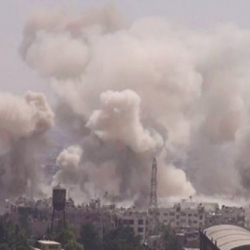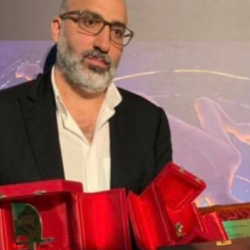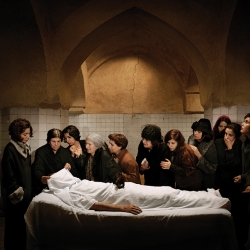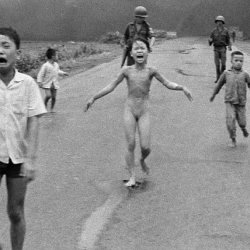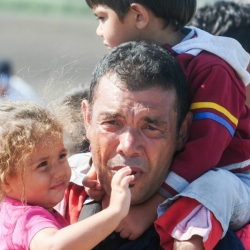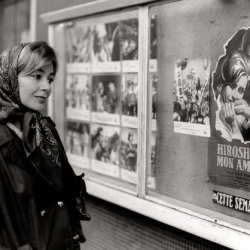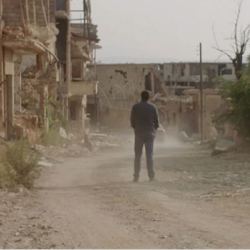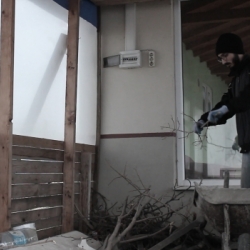17/03/2020
Author: Bilal Khbeiz
Syrians won’t be hurt by some filmmaker borrowing images of their suffering as a metaphor so as to make images of his own personal or collective suffering. Ahmed Ghossein won’t be the first in this regard, nor will he be the last. Ultimately cinema, like all art, is merely a copy of an original. The fundamental problem with Ahmed Ghossein’s film was and will be that he borrowed an original to produce a copy of a lost original. Those who were stabbed in the heart by Ahmed Ghossein are the Lebanese themselves, the ones whose suffering at the hands of Israeli aggression against Lebanon in 2006 he claims to want to represent. Because now, on account of the film, despite all the prizes that he has received and may yet receive, they have become mere myths, who can only demonstrate their suffering by invoking the real pain that is constantly on their minds and in their imagination, and which is now by definition Syrian in origin and fate. In the end, Ghossein produced a representation of Lebanese pain and dispossessed real pain of its name and identity so as to be able to cheat viewers into thinking that the pain he was talking about was real.
Ghossein missed the opportunity for the Lebanese to be victims. A miss is a relative thing, of course, and he isn’t entirely responsible for it, but he probably did fall into its trap. The feverish race to claim the mantle of victimhood across the world won’t stop with Ghossein—and nor did it start with Hussein and his Companions.
All this tumult around the use of destroyed Syrian memories and bombarded lives in Qusayr and Zabadani, as ‘décor’ for a fictional story about the July 2006 War. He was never likely to hit the right target. Ghossein defended his decision by saying that pain is indivisible and that wars target civilians, and that they are the casualties wherever that may be, and that there’s no difference between a Syrian and a Lebanese civilian. But this excuse doesn’t stand up to scrutiny. The Lebanese who suffered all this pain in July 2006 were not allowed to be civilians. And the side that didn’t allow them to take that position was the side claiming to protect them, and it’s the same side that participated in killing and displacing them, confiscating their homes and memories. Meanwhile, that is during 2006, the propaganda of the Resistance and the Opposition (al-Muqāwama wa-l-Mumāna’a), the same parties ever since, state that every Lebanese who was present in the area where operations were taking place is part of the Resistance, so long as they’re alive, only for them to become civilians when killed. Hezbollah’s claims are repeated today and every day, stating that the Lebanese, who they claim to represent, are mere décor for Hezbollah’s war aims. Houses, shops, schools, and hospitals were and remain Hezbollah propaganda, mere representations of houses, shops, schools and hospitals. The truth lies beneath, in the tunnels that fighters emerge from to engage the enemy. Hezbollah have confiscated the right of the Lebanese to die as innocents, rendering them part of the Resistance. Ghossein’s claims to have restored the Lebanese their rights as mere civilians hasn’t succeeded; they’re intended to be casualties of war. At every occasion the Lebanese fall under the rubrics of heroism. In the position of being able to respond tit for tat, in the position of claiming that they don’t fear war, ashamed of the reality that recent tensions on the southern border of Lebanon led to civilians migrating, with their children and their nerves frayed, to areas that might be safer during the forthcoming confrontation. There’s no convincing decisionmakers during war and peace in Lebanon of the fact that war isn’t forthcoming. They even put together a TV series about a guy’s languid life in the south, in order to depict that southerners aren’t frightened—unlike Israelis. And therefore, that there’s not a drop of blood in that guy’s veins.
The culture of Hezbollah and the Resistance that governs the fate of the Lebanese today has transformed them into zombies. It doesn’t only claim that they don’t fear death, but rather that they’re already dead. Their blood has turned to pus. And that’s why no one can succeed, unless they address Hezbollah and their allies’ responsibility for making Lebanese life so cheap, so easily and happily spent, like a man who kills time smoking cigarettes. To restore actual qualities to Lebanese blood. In my opinion, even if Ahmad Ghossein had wanted to do so, he couldn’t have succeeded alone at that task.
That’s why, Ghossein, led by instinctive impulse, borrowed the Syrians’ pain and death and attributed them to the Lebanese. Ultimately, it was a costly metaphor. Costly because resorting to the metaphor rendered the film sheer fantasy. It was as if his first and final goal was to say: “Oh viewers, you must be aware of the true extent of Syrian suffering. Well, I’d like to tell you that there is one Lebanese who suffered similarly.” This metaphor erases Lebanese pain in its entirety, and participates once again to identifying Hezbollah-as-Resistance’s disdain for the value of Lebanese life. But neither Ghossein’s film nor any other film can erase Syrian suffering from the memory of an era that’s proved that they truly are civilians, that they truly are the victims of war, and that therefore they are fathers and mothers, children and the elderly, that their houses are homes, and not facades belying tunnels and rockets, that their memories are memories, and not décor filled with films and stories.
This article was translated from Arabic to English by Stefan Tarnowski



